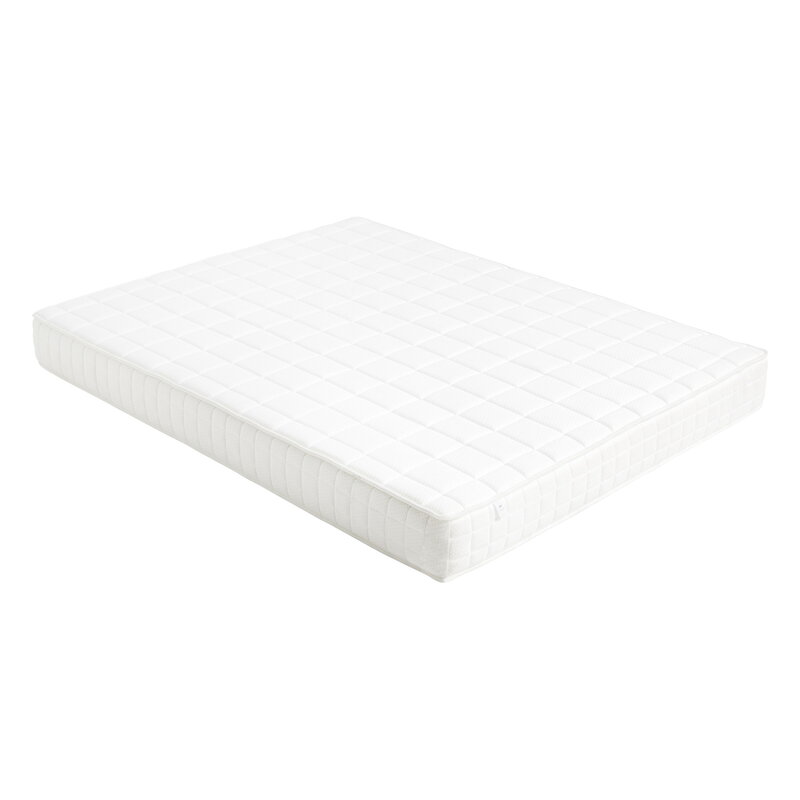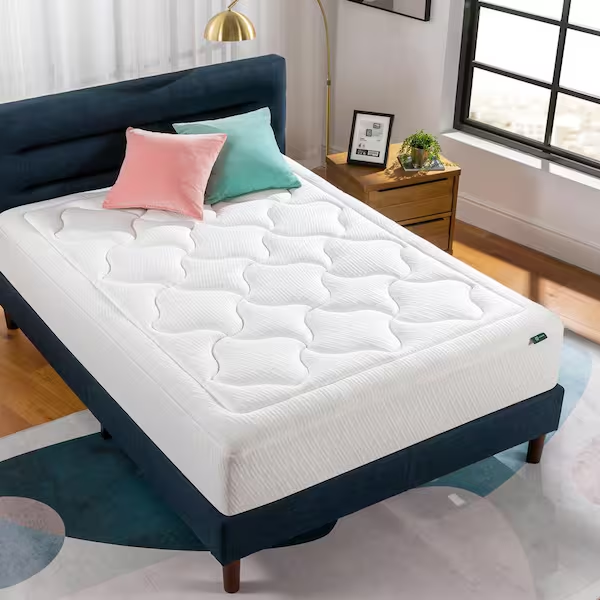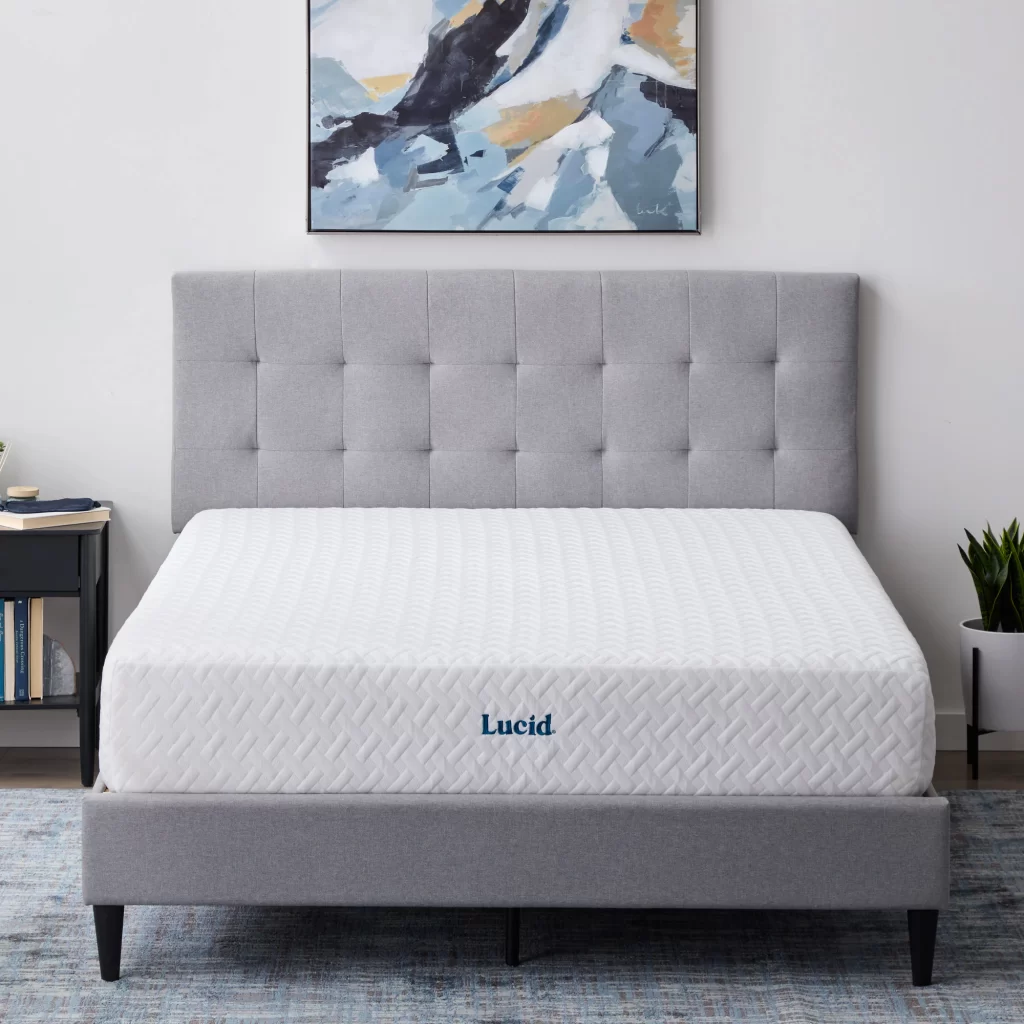Introduction
A mattress that feels too soft can lead to discomfort, disrupted sleep, and even back pain over time. If you find yourself tossing and turning on a mattress that lacks the necessary support, don’t worry—there are several solutions to enhance your sleep comfort without necessarily having to replace your mattress entirely. Here’s a comprehensive guide on understanding why a mattress might feel too soft and what steps you can take to fix it.

Understanding the Problem
Firstly, it’s crucial to understand why your soft mattress feels too soft. Reasons can range from personal preference changes to the natural wear and tear of the mattress materials. Over time, foam and springs can lose their firmness, leading to a softer feel. Additionally, body weight distribution, sleeping position, and even the climate can influence how soft a mattress feels.
Assess Your Needs
Before making any adjustments, assess your sleeping habits and preferences. Do you primarily sleep on your back, stomach, or side? Back and stomach sleepers generally need firmer support to maintain spinal alignment, while side sleepers may prefer a slightly softer surface for pressure relief on hips and shoulders.
Solutions to Enhance Mattress Support
- Mattress Toppers: A high-density foam or latex mattress topper can add much-needed firmness to a soft mattress. Look for toppers specifically labeled as “firm” or “extra-firm,” which will provide more support without sacrificing comfort.
- Adjustable Bed Bases: If your bed frame allows, consider investing in an adjustable base. Raising the head or foot of the bed can help redistribute body weight, providing better support and potentially reducing the sensation of sinking into a soft mattress.
- Firming Pads or Boards: Placing a thin, firm pad or a piece of plywood between the mattress and box spring can significantly increase the firmness. This is a cost-effective, temporary solution that can work wonders for overly soft mattresses.
- Rotate or Flip the Mattress: If your mattress is double-sided, flipping it can offer a firmer sleeping surface. For non-flippable mattresses, rotating it regularly can help redistribute wear and potentially alleviate soft spots.
- Adjust Sleeping Position: Experiment with different sleeping positions. For example, stomach sleepers may find placing a pillow under the hips helps align the spine, reducing pressure points on a soft mattress.
- Consider Weight Distribution: Use heavier pillows or place a weighted blanket at the foot of the bed to help anchor the mattress, preventing excessive sinking.
When to Replace Your Mattress
If after trying these remedies your mattress still feels unsupportive and uncomfortable, it might be time for a replacement. A good rule of thumb is to replace your mattress every 7-10 years, though this can vary depending on usage and quality. Look for mattresses with customizable firmness levels or those specifically designed for your preferred sleeping position.

Additional Tips for Enhancing Sleep Comfort
In addition to the primary solutions outlined above, there are other strategies you can employ to further improve your sleep experience when dealing with a too-soft mattress. These tips focus on creating an overall sleep-conducive environment and may indirectly help mitigate the effects of a soft mattress:
Optimize Bedroom Temperature:
A cool bedroom temperature (around 60-67°F or 15-19°C) promotes better sleep. Excessive heat can make a soft mattress feel even softer and more uncomfortable. Use air conditioning, fans, or breathable bedding to maintain a comfortable climate.
Improve Sleep Hygiene:
Develop a consistent bedtime routine to signal to your body that it’s time to sleep. Avoid stimulating activities like working or watching TV in bed, and limit screen time before sleep as the blue light can disrupt your circadian rhythm.
Upgrade Your Pillow:
The right pillow can significantly impact your sleep posture and comfort. If you have a soft mattress, consider using a firmer pillow to provide extra neck support, especially if you’re a side or back sleeper.

Use Breathable Bedding:
Moisture-wicking and breathable materials like cotton or bamboo can help keep you cool and dry throughout the night, reducing the feeling of sticking to a soft mattress.
Elevate Your Legs:
Using a leg pillow or elevating your legs slightly can help redistribute your body weight, taking some pressure off the lower back. This is particularly useful for individuals who experience back pain on a soft mattress.
Mindful Eating and Exercise:
Avoid heavy meals and strenuous exercise close to bedtime, as they can interfere with sleep quality. Light stretching or yoga before bed can help relax muscles and make you less sensitive to a mattress’s softness.
Evaluate Room Lighting:
Dim or blackout curtains can create a darker environment, promoting melatonin production, which aids in falling asleep faster and deeper. This can help you overcome the initial discomfort of a too-soft mattress.
Seek Professional Advice:
If persistent sleep issues or chronic pain persist despite adjustments, consult a healthcare professional or a sleep specialist. They may recommend specific products or therapies tailored to your needs.
Remember, achieving the perfect sleep environment is a process that often involves trial and error. Be patient and continue to experiment with different approaches until you find what works best for you. The ultimate goal is to wake up feeling refreshed and energized, ready to tackle the day ahead.
Limit Screen Time Before Bed:
The blue light emitted by electronic devices can disrupt your circadian rhythm. Aim to avoid screens at least an hour before bedtime.
Practice Relaxation Techniques:
Incorporating relaxation techniques such as deep breathing, meditation, or gentle yoga stretches before bed can help calm your mind and prepare your body for sleep.
Evaluate Your Sleep Hygiene:
Ensure your bedroom is clean, clutter-free, and used primarily for sleep and intimacy. A tidy and organized space promotes mental calm and relaxation.
Consider Professional Advice:
If you continue to experience persistent sleep problems despite adjustments, consult with a healthcare professional or a sleep specialist. They can provide personalized advice or recommend further interventions.

Final Thoughts
Addressing a too-soft mattress is crucial for maintaining proper spinal alignment and ensuring a restful night’s sleep. Start with simple adjustments and gradually move towards more significant changes if needed. Remember, the right level of firmness is subjective and depends on individual needs. By taking proactive steps, you can transform your mattress from a source of discomfort into a haven for restorative sleep.
Bed Too Soft: How to Fix
Understanding Mattress Firmness
Mattress firmness is a critical factor in getting a good night’s sleep. A bed that is too soft can lead to a lack of support for your spine, causing back pain and discomfort. The right level of firmness varies from person to person based on individual preference, body weight, and sleeping position. Over time, mattresses might lose their firmness due to regular wear and tear, affecting the quality of support they provide. It’s important to address this issue to ensure you maintain adequate support for a restful sleep.
Assessing Your Current Bed Setup
If your bed feels too soft, it’s vital to determine the cause before exploring solutions. Check your mattress for signs of sagging or indentations where you typically sleep. Also, evaluate the bed base or box spring. It should be intact and firm because a worn-out base can make a good mattress feel too soft. Knowing exactly what is causing the softness is the key to determining the best approach to fixing the problem.
Use a Mattress Topper for Added Support
A firm mattress topper is a quick fix for a bed that’s too soft. Toppers come in various materials, such as memory foam, latex, or high-density foam, and can significantly change the feel of your mattress. Choose a firm topper to provide extra support and to help distribute your body weight evenly. This can reduce the sinking feeling you get from a soft mattress and alleviate discomfort associated with poor sleep posture.

Consider a Mattress Helper or Support Board
If a topper doesn’t sufficiently firm up your bed, consider using a mattress helper or a support board. A mattress helper is a firm cushion that goes under the mattress, in the area that is sagging, to provide additional support. Alternatively, a solid support board or plywood cut to the size of your bed and placed between the mattress and box spring, can help redistribute weight and improve firmness. Both options can extend the life of your mattress and improve your sleep quality without the need for a full mattress replacement.
Adjust Your Foundation or Bed Base
Your bed’s foundation can greatly impact mattress firmness. If you are using a box spring, check if it’s still structurally sound. An old or broken box spring may not provide the solid base your mattress needs, resulting in a softer feel. Switching to a platform bed or using a bunkie board can offer a more stable foundation and will often make your bed feel firmer.
Replace Your Mattress When Necessary
Sometimes, the best solution for a bed that’s too soft is to replace the mattress entirely. This is often the case when a mattress has reached the end of its useful life, usually after 7-10 years of regular use, or if it’s showing significant signs of wear. When shopping for a new mattress, consider your sleeping position, body type, and personal comfort preference to find one with the ideal firmness level.
Conclusion: Tailoring Your Bed for Optimal Comfort
Fixing a bed that’s too soft is crucial to achieving the right sleeping conditions for your comfort and health. There are several solutions, from adding a mattress topper for immediate firmness to replacing a worn-out mattress altogether. Each option offers a way to customize the feel of your bed, whether through added support or a more solid base. Regular assessment and maintenance of your bedding will help you identify issues early and allow you to enjoy a comfortable and supportive sleeping environment for years to come.

